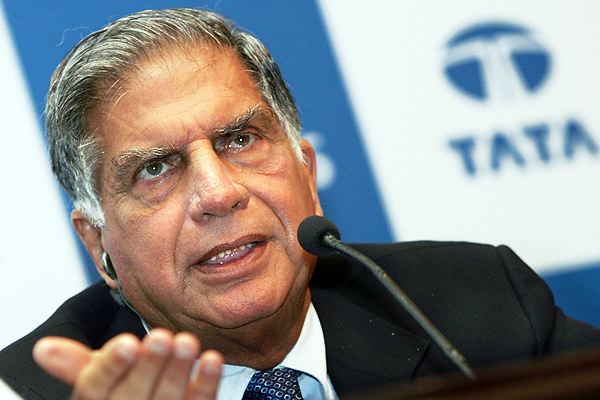The Bloomberg Professional service draws on
our core capabilities and sits at the center of our offerings, giving
information on every asset class- from fixed income to equities, foreign
exchange to commodities, derivatives to mortgages-integrated in one
place and delivered in real time to your desktop or mobile device. Along
with this robust information set, you have access to all news,
analytics, communications, charts, execution platforms, and customer
support you need to put knowledge into action.
Fixed income
The Bloomberg Professional service delivers comprehensive coverage on all the fixed income markets: government securities, money markets, PSU bonds, corporate securities, credit, loans, security-level data and related derivatives. Access the most reliable coverage of our fixed-income solutions from a simple to use interface enabling faster decisions. We offer superior analytics with calculators such as bond yield calculators and swap calculators. Track the widest and most detailed bond database. Compare and analyze local fixings and benchmarks.Bloomberg’s Fixed Income Electronic Trading (FIT) platform is a one-stop shop for clients to execute trades/strategies for various fixed income instruments. The platform provides integration with the buy-side and sell-side communities to provide full Straight Through Processing (STP) of their trades.
Clients use FIT to electronically trade bonds, swaps and confirm trades to counterparties.
Learn more >>

Derivatives
The Indian Derivatives market has grown exponentially, with new product innovations and increasingly sophisticated players entering the market. We offer the full range of derivatives and structured notes across all asset classes, foreign exchange, and fixed income & equity markets.Bloomberg offers a comprehensive solution to all market participants in this space, enabling them to stay a step ahead when it comes to generating trade ideas, execution, evaluating positions, managing risk and portfolio management.
Bloomberg’s derivative platform comprises real-time updates on listed or OTC market activity, customisable option pricing tools for vanilla and structured products, volatility analysis, volatility surface, skew and term structure, option strategy screening, option portfolio monitoring, options scenario analysis and futures fair value calculators.
Learn More >>

Foreign Exchange
To stay on top of the game in foreign exchange you need to make the right trading and hedging decisions, quickly. Get a competitive edge by harnessing the core power of Bloomberg for your foreign exchange activity in India. You’ll find a full suite of foreign exchange solutions, as well as the best indicative money market data and a wide economic database. Our platform spans market-leading news, data, analytics and pricing, as well as trading, execution and reporting solutions for your INR and G10 business. And our execution and work flow tools are completely cost-free to both the buy-side and the sell-side, included as standard within our core product offering.Learn More >>

Equities
Bloomberg’s all-inclusive suite of innovative equity-analysis tools is the chosen platform on the buy side in India. Get definitive news and research coverage you need to drive results, access company evaluation tools, see a comprehensive overview on almost any company worldwide encompassing dividend, earnings, shareholder, and fundamental data – all on one screen. Maintain both parent and consolidated earnings estimates and fundamentals. Create custom charts for single or multiple securities using technical analysis, view spreads or ratios, and use our seasonality charts for identifying cyclical patterns.Available to Bloomberg Professional service subscribers at no extra cost, our robust Execution Management System (EMSX) lets you quickly turn your strategies into actions. It’s a straight-through processing solution that streamlines your trading activity. EMSX offers a sophisticated broker-neutral trading tool that allows you to route seamlessly to over 110 broker dealer destinations in India. EMSX supports routing for manual/desk orders as well as DMA, one-touch and algorithmic orders. It also interacts with Bloomberg’s FX platform to manage cross-border trades and resulting FX exposures.
Our tools include:
- Execution Management Systems (EMS)
- Indications of Interest (IOI) and Trade Advertisements
- Bloomberg Transaction Cost Analytics (BTCA)
- EMSX API Trading clients to trade directly from Microsoft Excel or a custom application

Commodities
Bloomberg delivers the most comprehensive view of the global
commodities markets available in a single source giving you unparalleled
insight into where markets are moving, and why. As a commodities
professional you need a clear, consolidated view of the world to stay on
top of the game. That’s where we come in. We deliver the critical
pricing and statistical data you need to make smart decisions in the oil
& gas, gold & silver, agriculture, base metals, iron ore and
shipping markets.NAME - SHYAM KISHOR SINGH
PGDM - 2sem
















